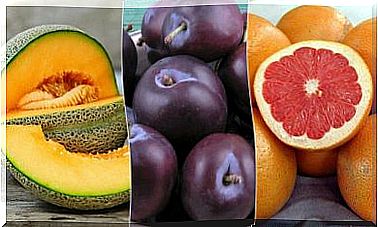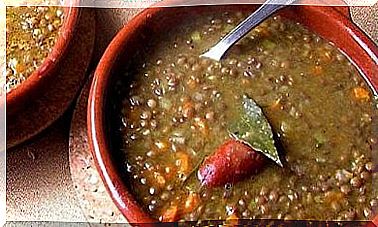Oil For Frying: Which Is The Healthiest?
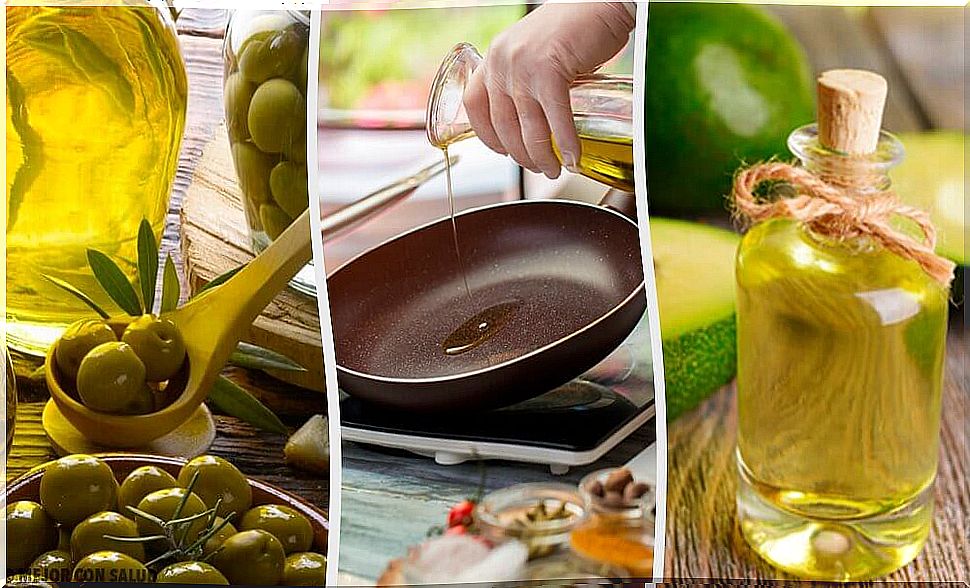
Fried foods have always been very popular. Oil is part of many traditional recipes and fried foods are the basis of the fast-food industry. However, the healthiest oil is not always used for frying.
Frying at home doesn’t have to be unhealthy. The damage, in large part, can be reduced thanks to the type of oil we choose and how we use it. We explain it to you in this article.
How does frying work?
Deep frying requires the food to be completely immersed in hot oil. The ideal oil temperature is around 350-375 ° F (176-190 ° C). When a food is fried at this temperature, its surface cooks almost instantly and forms a sort of “seal” that the oil cannot penetrate.
At the same time, the humidity that forms inside the food turns into steam and continues, therefore, to cook the food from the inside. The steam also helps keep the oil on the surface outside.
If the temperature is too low, the oil will seep into the food, making it fatter. If the temperature is too high, however, the oil can oxidize, as indicated in this study by Dr. Christian Gertz. It should also be noted that some oils withstand much higher temperatures than others.
The fats in the oil
The more saturated the fats, the more stable they are when they heat up. For this reason, mostly saturated and monounsaturated oils are best. Consequently, we should avoid those that contain large amounts of polyunsaturated fats.
The latter is not the healthiest oil for frying, as it can cause adverse health effects, according to research conducted by the Royal London Hospital’s School of Medicine.
According to this publication, polyunsaturated fats contain two (or more) double bonds in their chemical structure. These double bonds tend to react with oxygen and form harmful compounds when exposed to high temperatures.
Taste, of course, is also important. When frying “by immersion”, in general, oils with a “neutral” flavor should be preferred.
Frying oil: which is the healthiest?
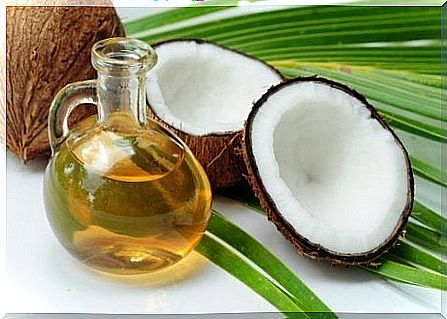
Coconut is the healthiest frying oil. As research carried out by Dr. Yashi Srivastava claims, after 8 hours of continuous use for frying at 365 ° F (180 ° C), its quality does not deteriorate. More than 90% of the fatty acids contained in coconut oil are saturated, which is why it is very resistant to heat.
Saturated fats were once considered unhealthy, but recent studies, such as the one carried out by McMaster University (Canada), have shown that they are a completely harmless source of energy for humans.
Furthermore, coconut oil offers countless benefits to our health. For example, it can help fight off harmful viruses and bacteria. Furthermore, as reported in a study conducted by the Federal University of Alagoas (Brazil), it can help us lose abdominal fat.
Keep in mind that some varieties of coconut oil can leave a coconut aftertaste or flavor, so we recommend trying different brands, depending on your taste.
Frying oil: alternatives to consider
Animal fats
Animal fats are also an excellent solution for frying. These include fats such as lard, sebum and residual fat from pork. They are very tasty, add crunchiness and are not easily altered in their chemical structure when used for frying.
Most of the fatty acids found in animal fats are saturated and monounsaturated, which makes them very resistant to high temperatures. However, as reported in this California State University study, the fatty acid content can vary depending on the animal’s diet.
Wheat-fed animals, unlike animals raised on pasture or pasture, may contain far more polyunsaturated fatty acids in their fat stores.
In light of the above, only fat from animals that have been fed naturally should be considered a good option. You can buy packaged lard at a grocery store or store the fat that drips from cooked meat for later reuse.
Olive oil

It is one of the healthiest fats in the world. Olive oil possesses high levels of monounsaturated fatty acids which only have a double bond. Like saturated fats, monounsaturated fats are highly heat resistant.
According to a study carried out by the University of Porto (Portugal), olive oil can be reused in a deep fryer for more than 24 hours from the first frying, before it oxidizes. In theory, this feature makes it a great option for frying. However, the flavor and fragrance of olive oil may not remain unchanged if it is heated for too long.
Avocado oil
The composition of avocado oil is similar to that of olive oil. It is mostly monounsaturated and contains a mix of saturated and polyunsaturated fats. It has an extremely high smoke point (520 ° F / 270 ° C) and has a flavor that is vaguely reminiscent of walnuts.
Frying oil: peanut oil
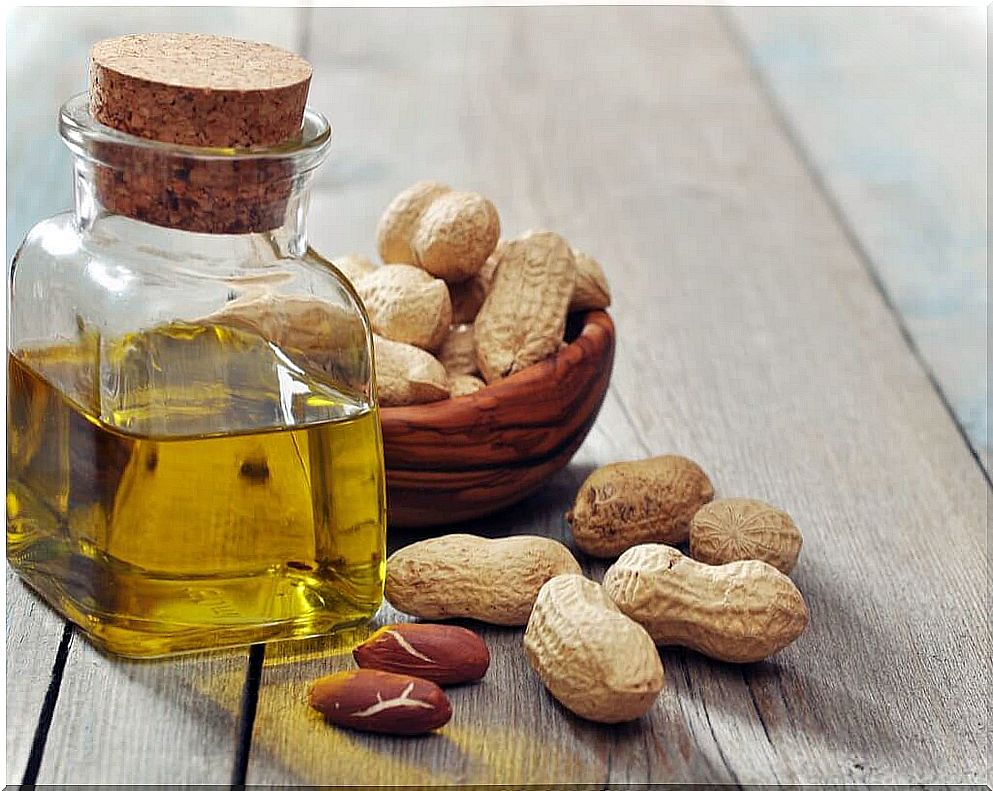
Peanut oil has a smoke point of around 446 ° F (230 ° C). It is frequently used in “immersion” frying thanks to its neutral flavor. It does not absorb the flavor of other foods, so it can be used multiple times to fry different foods, as reported in this study by Ohio State University (United States).
From a health perspective, however, peanut oil isn’t ideal. According to this research conducted by the Central Food Technological Research Institute, its high level of polyunsaturated fat (it contains about 32%), makes it vulnerable to high temperatures.
Palm oil
This oil is mainly composed of saturated and monounsaturated fats which make it a great alternative for frying. It is said to possess a fairly neutral flavor, especially in its unrefined variety known as red palm oil. However, serious concerns have recently been raised about the sustainability of palm oil harvesting.
Fats and oils that should not be used for frying
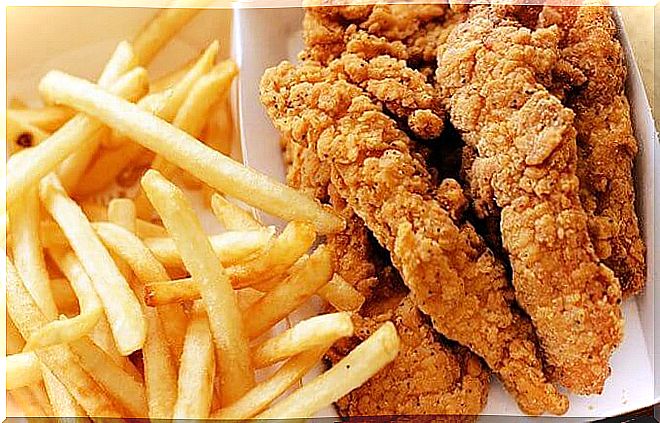
There are various fats and oils that absolutely must not be used. Among these, there are industrial vegetable oils, extracted from seeds and subjected to very aggressive processing processes. A study conducted by the University of Florida reveals that they have a high content of polyunsaturated fats and up to 4% of these fatty acids are transgenic.
On the other hand, research carried out by the Kasturba Medical College suggests that frying with these oils produces a large amount of oxidized fatty acids and harmful compounds. Avoid them as much as possible.
There is no doubt that fried foods cooked with the wrong oils are highly harmful to health. However, by using healthy oils (or, at least, one of the healthiest) we can enjoy fried food from time to time without any sense of guilt. Of course, it will be preferable that you prepare them yourself.
